DNVN - At the Vietnam Cyber Security Day 2024 Conference and Exhibition on November 21, Mr. Li Hai - Director of Security, Government Relations and Communications of Huawei Global gave an in-depth report on initiatives to promote digital trust and cybersecurity, in line with the digital transformation process of Vietnam and ASEAN.
According to a report by Cybersecurity Ventures - a leading research and consulting firm in the field of cybersecurity, the global economy is expected to lose up to 10,500 billion USD by the end of 2024, due to increasingly large and complex cyber attacks thanks to AI. Therefore, the world needs a trust model to adapt to new threats and new technologies in the digital age. Digital Trust is not just a single value, but an ecosystem, aiming at the ultimate goal of ensuring and improving the quality of life.
At the plenary session, Mr. Li Hai - Director of Security, Government Relations and Communications of Huawei Global emphasized that the goal of Digital Trust is to build a trustworthy digital platform based on Data - Artificial Intelligence - Green Energy (Data + AI + Green) and unlock a prosperous digital future for everyone.
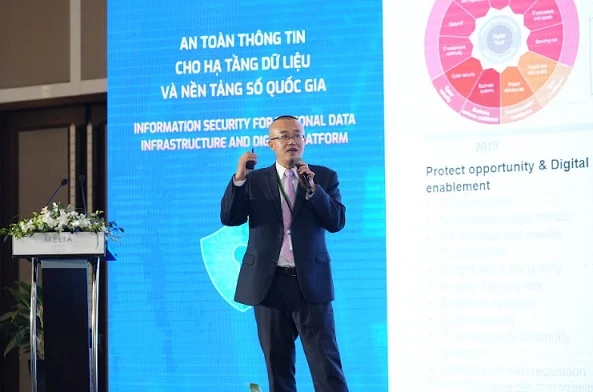
Mr. Li Hai - Director of Security, Government Relations and Communications of Huawei Global.
“New ICT technologies such as 5.5G and AIGC (Generative AI) are driving significant productivity and efficiency gains across industries. To protect the gains, governments, industries, associations, partners, and organizations need to work together to build a Digital TRUST model to address the complex challenges of GenAI (Generative AI). This model consists of five core elements, providing an effective and comprehensive development roadmap towards a prosperous, inclusive, and sustainable digital transformation future,” said Li Hai.
T - Technology & Talent: New ICT technologies such as blockchain, enhanced privacy, artificial intelligence, etc. are shaping a trustworthy digital future. Cybersecurity is rooted in technology. Cybersecurity risks can be mitigated and managed through innovative technical solutions.
In addition to applying technology to build digital trust among organizations and businesses, developing ICT talent in cybersecurity management is essential to enhance the competitiveness of each country's digital economy.
R - Shared Responsibility: New ICT technologies are developing rapidly, but they are also extremely complex with increasing threats. The ecosystem can only develop healthily if roles and responsibilities are clearly defined, on 4 levels of cybersecurity management: national, enterprise, individual, infrastructure and data.
U - Unified Multi-Stakeholders' Collaboration: Strengthening collaboration between government and business is a key factor in developing global solutions, transforming industries and countries to become more digital and intelligent.
S - International Common Standardization: Globally accepted common standards for both ICT technology and cybersecurity are needed to create a fair and consistent environment where all parties can respond to the challenge together. Governments should take the lead in establishing a national data security governance framework based on international common standards, tailored to the domestic situation.
T - Fair Digital Trade: Digital trade not only includes goods, but also financial services, telecommunications, computing, entertainment, etc., which are growing rapidly globally. Multinational and regional Digital Economy Agreements (DEAs) need to update Digital Trade Standards to improve the efficiency, interoperability and reliability of cross-border digital trade flows.
Mr. Li Hai also said: “To accompany ASEAN member countries in effectively implementing national digitalization strategies with a top-down approach, Huawei has released a set of documents on Digital Transformation - National Intelligence, including Policy and Regulatory Frameworks and a new Global Digital Transformation Index (GDI).”
The GDI model measures the digital progress of 77 countries using 42 indicators across four key enablers: Invisible Connectivity, Digital Platforms, Green Energy, and Supporting Policies & Ecosystems. Together, these countries account for 93% of the world’s GDP and 80% of the world’s population, providing a good indication of the overall progress in the global digital transformation.
More importantly, the GDI model, developed by Huawei and the International Data Corporation (IDC), a world-leading market research company specializing in ICT, shows that strategic investments in digital infrastructure can drive rapid economic growth. At the same time, the model also shows how countries at three different stages of digital maturity - Initiator, Adopter, and Leader - can leverage the transition. Notably, China and Singapore - two countries at the "leader" stage of the GDI - are implementing smart nation strategies, promoting 5G wireless connectivity and AI initiatives.
Vietnam is currently leading the “Starting” group in the GDI and will soon enter the “Adoption” stage. Simultaneous reference to the GDI Model and the Digital TRUST Model promises to bring many experiences and applications, contributing to promoting the digital transformation roadmap to leapfrog, prosper and be sustainable for the country.
At the event, Mr. Li Hai also made suitable proposals for Vietnam to accelerate the liberation of the digital economy based on the 6-pillar process: Governance: Perfecting laws and policies, organizations and goals, operating models and budgets. Digital Culture: Develop inclusion, encourage lifelong learning, and train and nurture data scientists. Digital Infrastructure: Building networks - clouds - platforms, data strategies and shared hubs, cybersecurity and digital sovereignty Digital Services: Develop more human-centric, personalized, digital and intelligent services. Digital Ecosystem: Connect with local developers, promote research and development, innovate together and provide everything as a service. Sustainability: Optimizing investment returns, new services, efficient operations and maintenance, aiming for a roadmap to reduce greenhouse gas emissions to near zero (Net Zero). |
Hoang Phuong
Source: https://doanhnghiepvn.vn/chuyen-doi-so/kinh-te-so/thuc-day-niem-tin-so-trong-lo-trinh-chuyen-doi-so-quoc-gia/20241122025031262


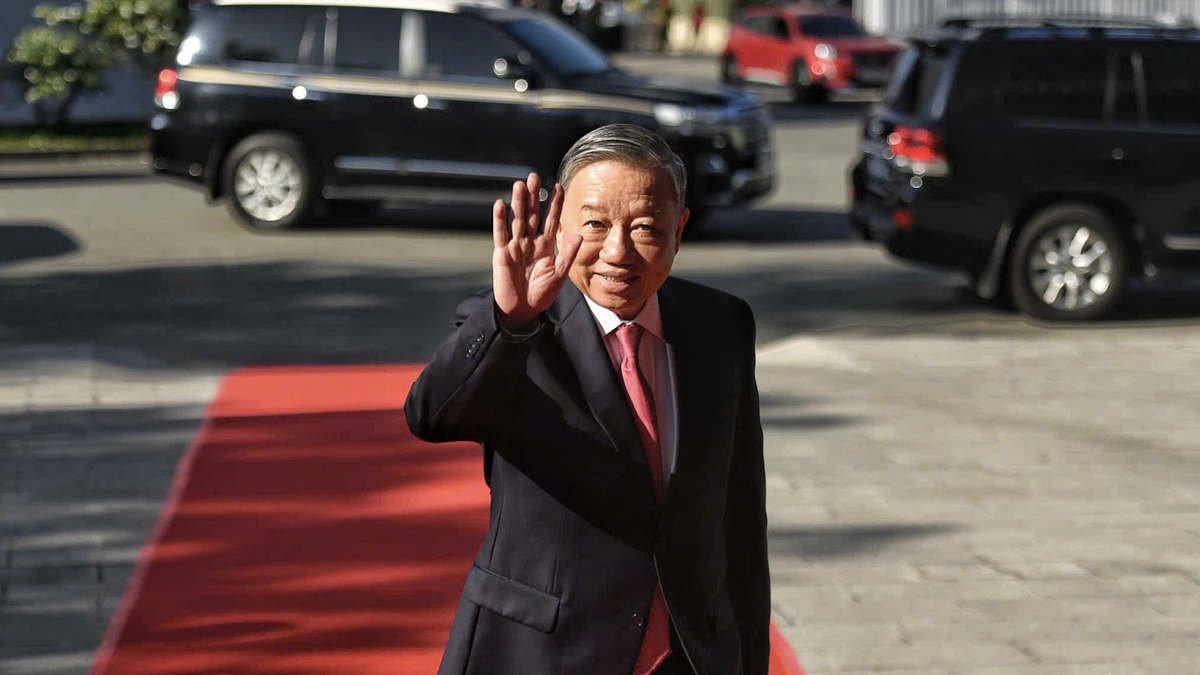


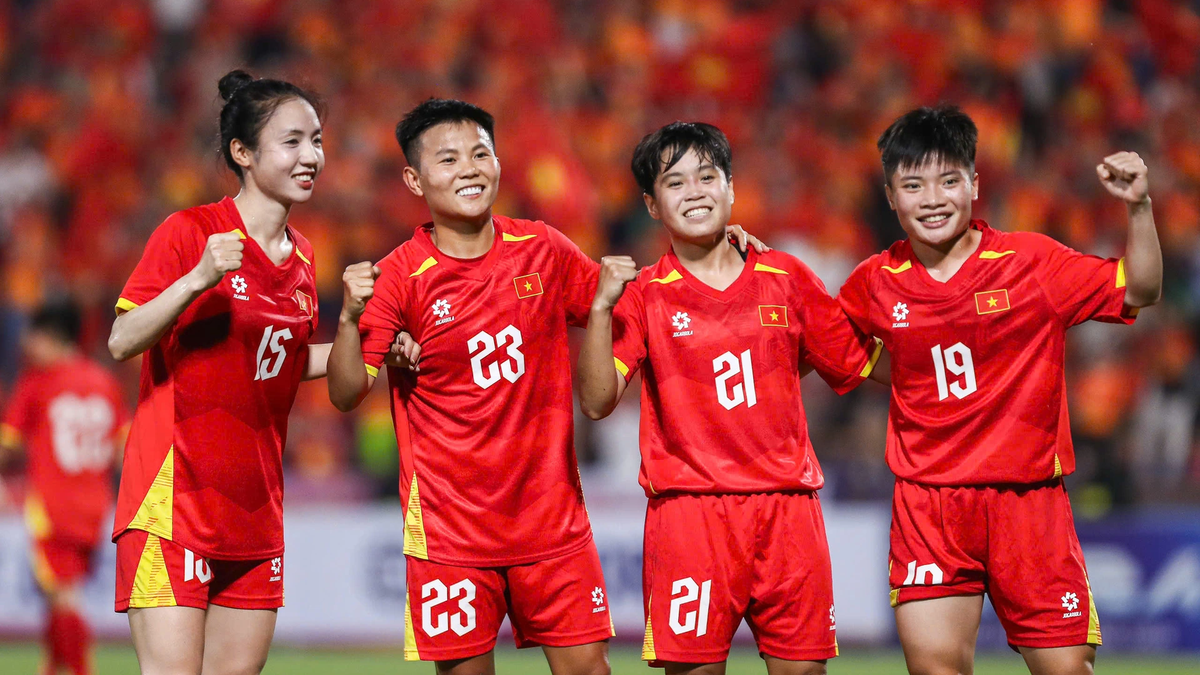

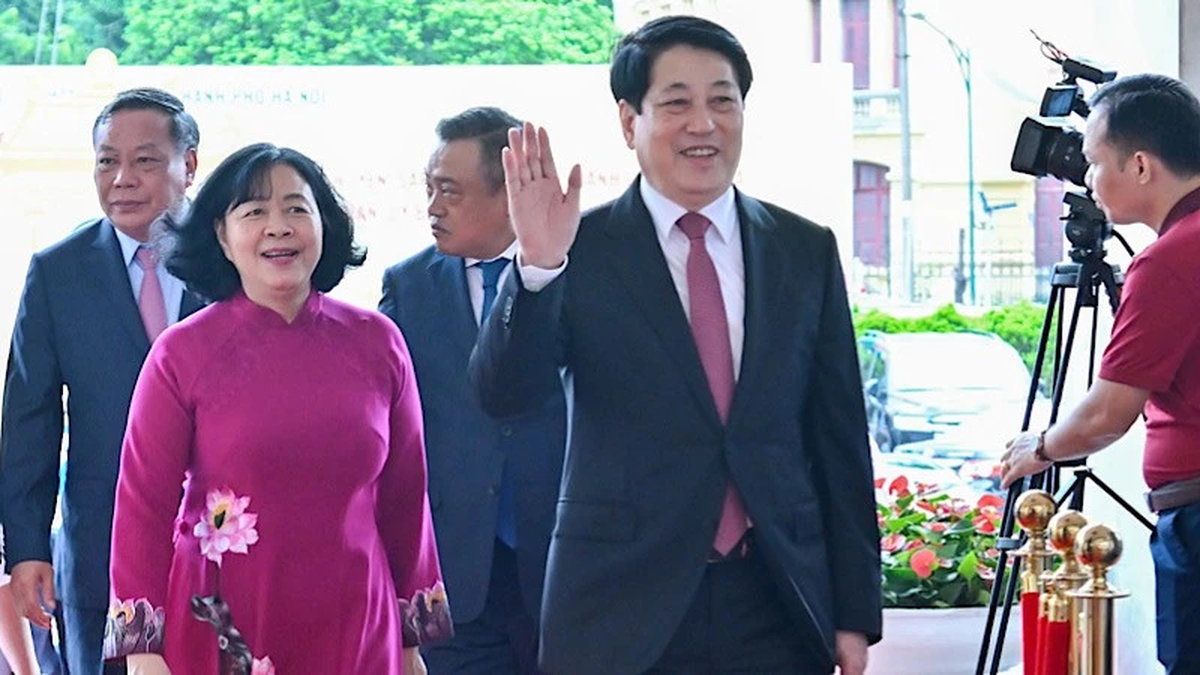
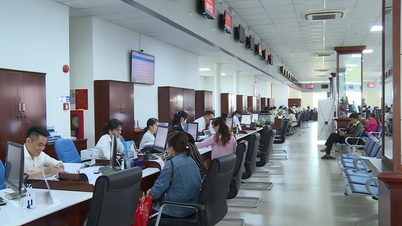

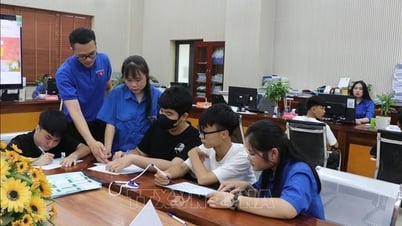
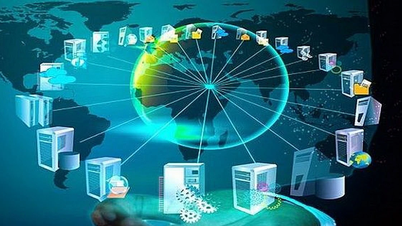
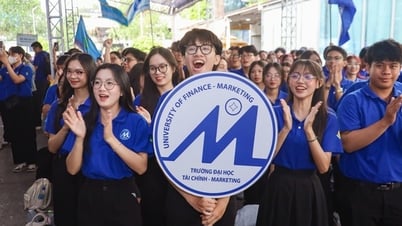

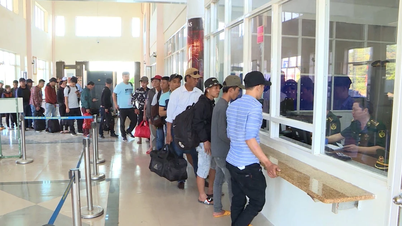

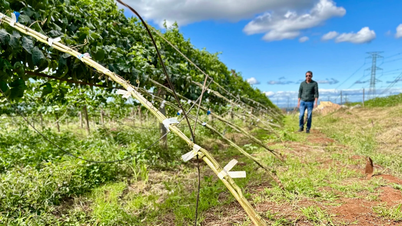




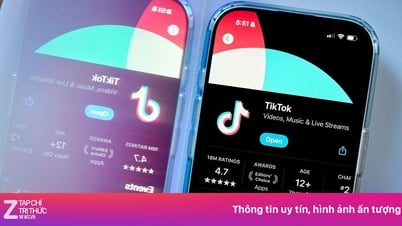


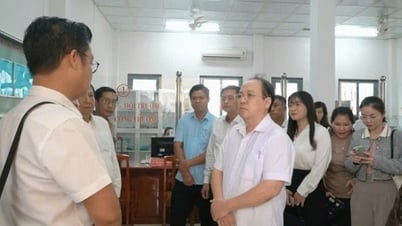








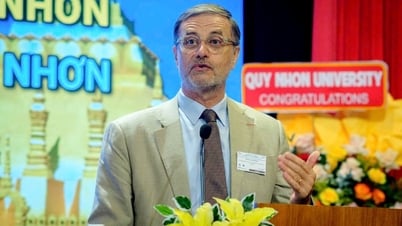





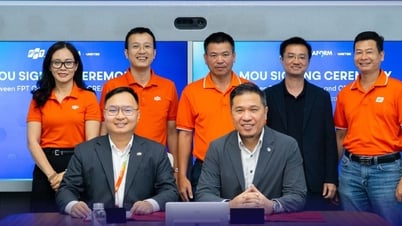



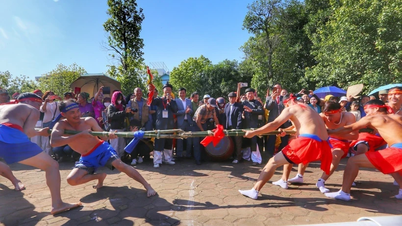




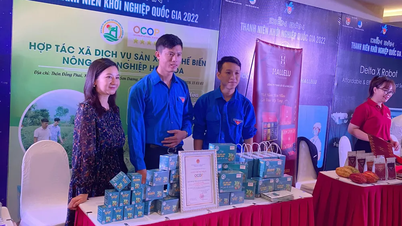





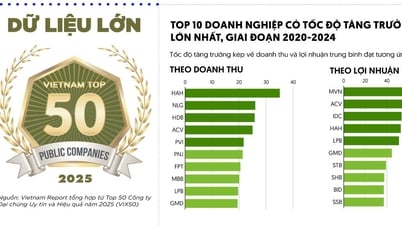

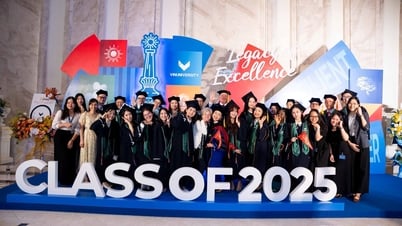

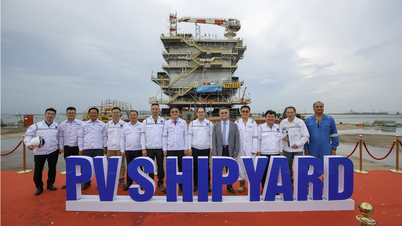
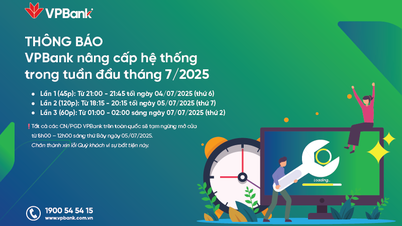
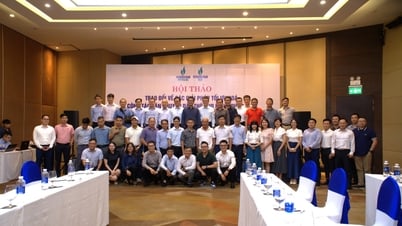
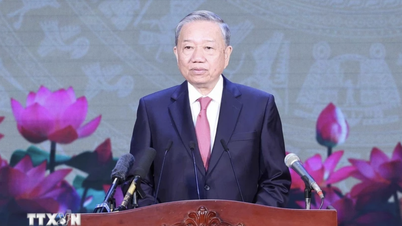
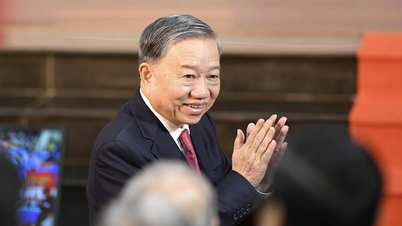

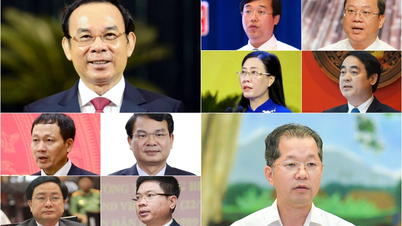

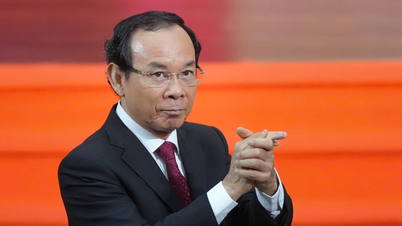

![[Photo] General Secretary attends the announcement ceremony of Resolutions on merging administrative units in Ho Chi Minh City](https://vphoto.vietnam.vn/thumb/402x226/vietnam/resource/IMAGE/2025/6/30/ab1bd03cc8bb4f60b2665f4915f258c5)
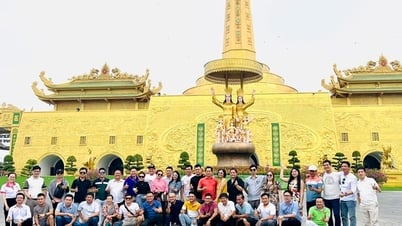

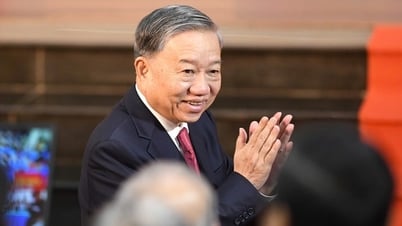


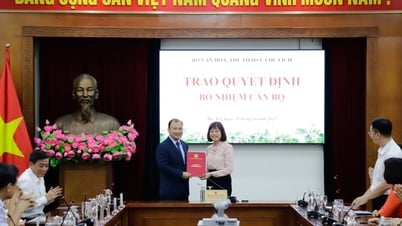




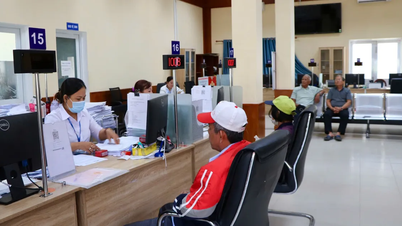



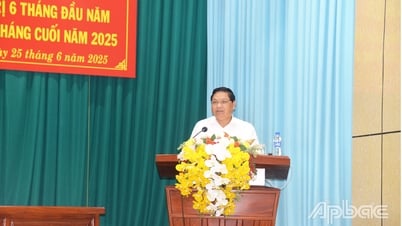

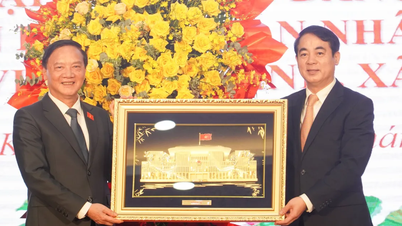




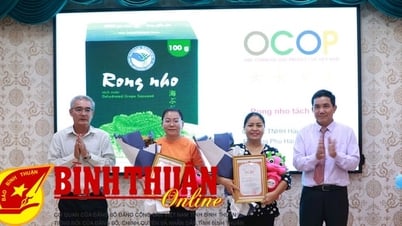

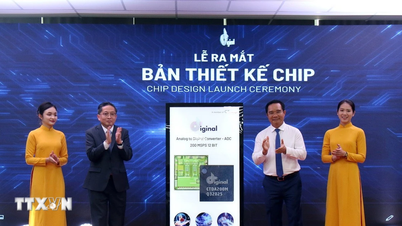
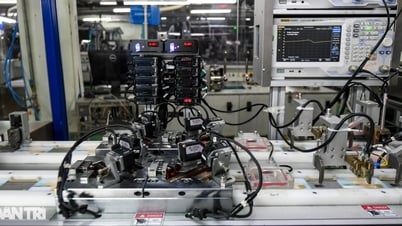

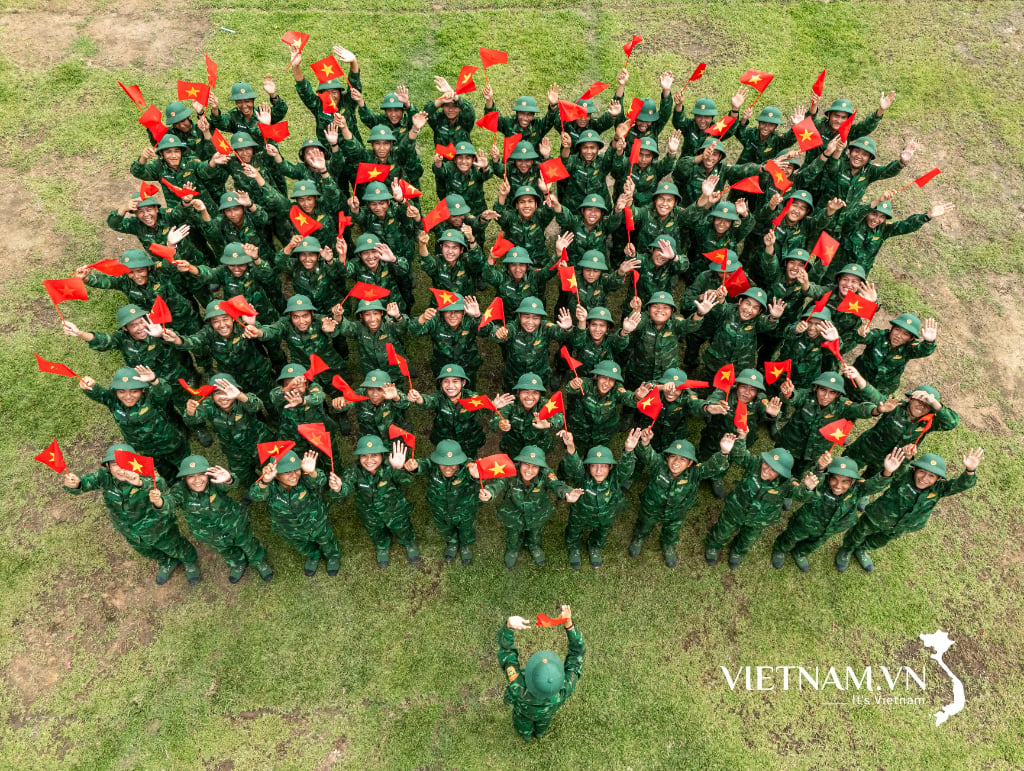



Comment (0)